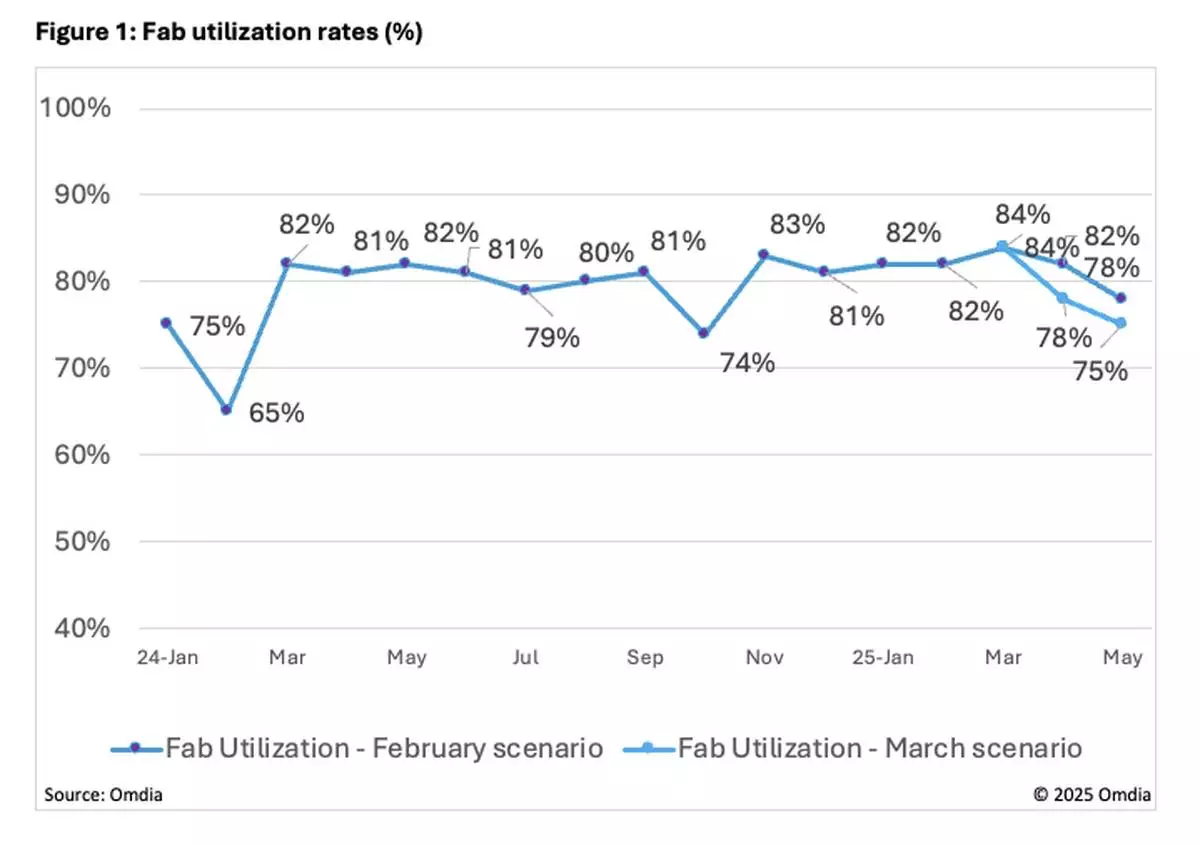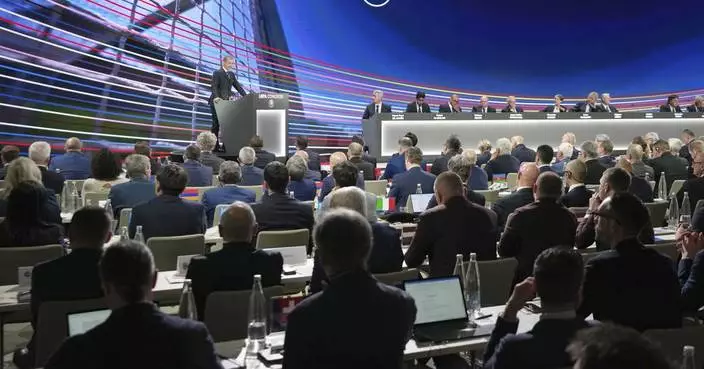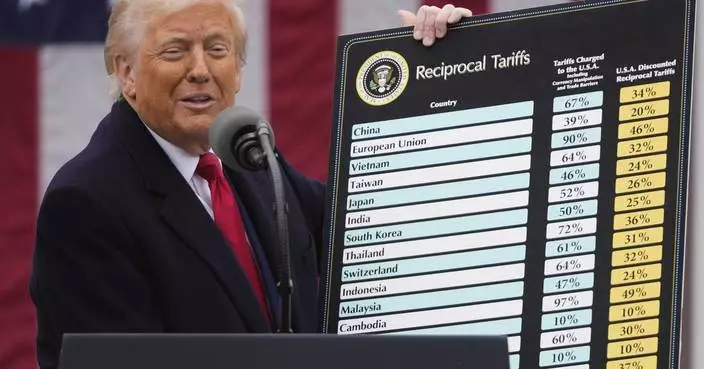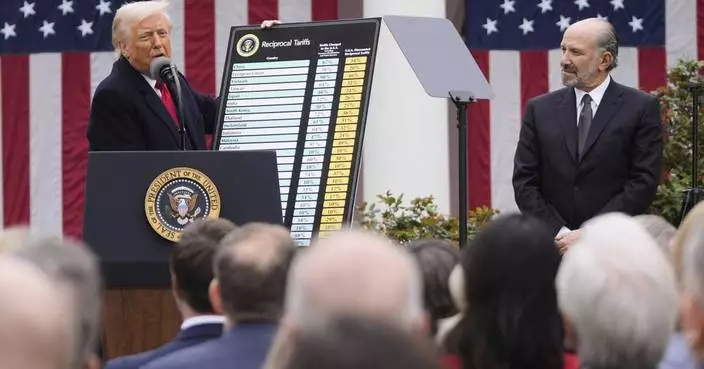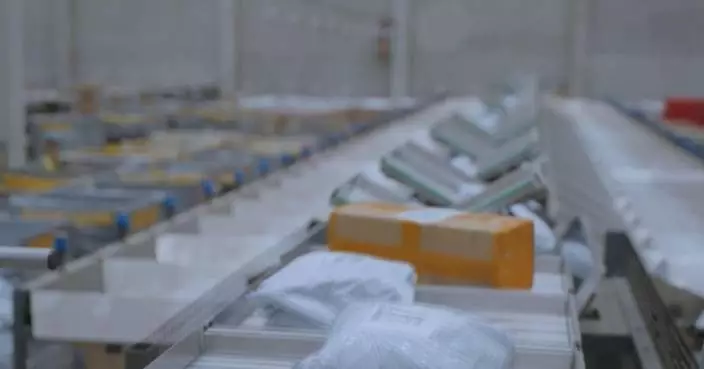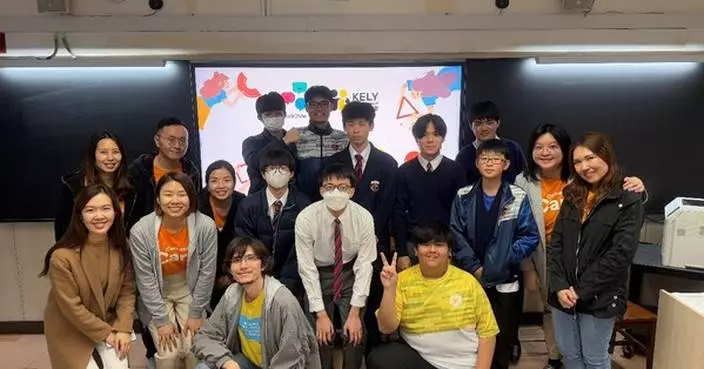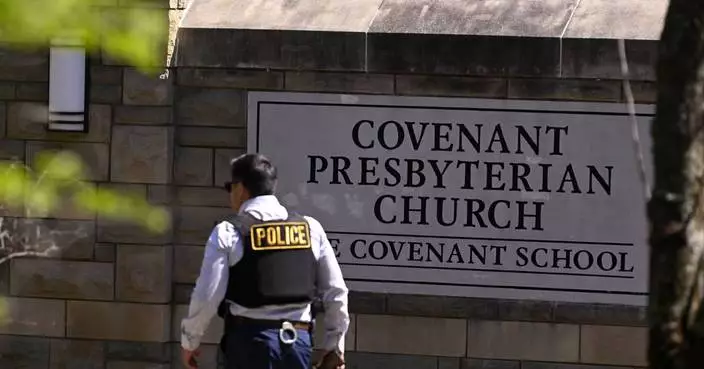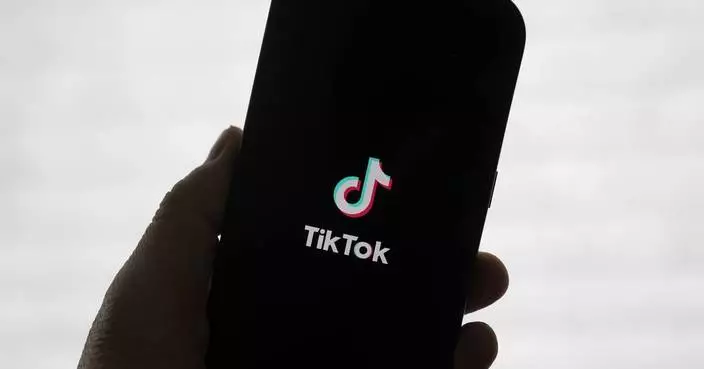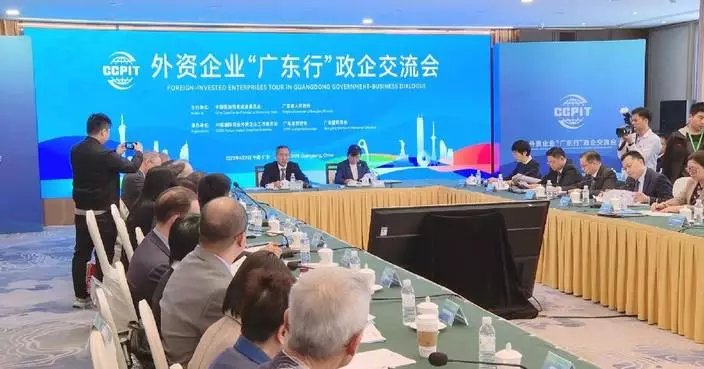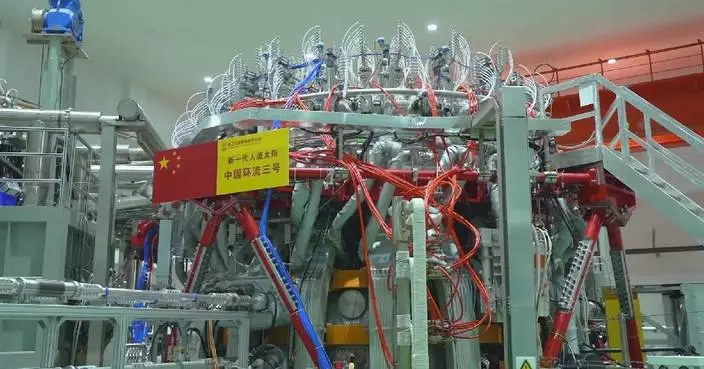HONOLULU (AP) — An unprecedented proposal from Maui's mayor to phase out vacation rentals would alleviate a severe housing shortage aggravated by the 2023 wildfires but would also shrink the economy, University of Hawaii economists said in a report published Monday.
Mayor Richard Bissen introduced the policy idea last year to boost Maui's limited supply of long-term housing after the fires wiped out more than 3,000 housing units in Lahaina.
Trey Gordner, one of the study's authors and a researcher at the University of Hawaii Economic Research Organization, said there are always trade-offs associated with decisions of this kind.
“We find that the policy would increase housing affordability somewhat at the cost of jobs, incomes and tax revenues,” he said a news conference. Visitor spending is likely to sharply decline, according to the report.
Bissen said the report was a valuable first step in understanding the potential economic impact of his proposal. But he said economic models don't reflect the lived experiences of residents crowded into multigenerational homes, commuting long distances and leaving Maui because they can't afford housing.
“Most importantly, they fail to acknowledge the cultural loss we face when our people are forced to leave—when generations of knowledge, tradition, and aloha are displaced from the very communities that shaped them,” Bissen said in a statement.
The Maui County Council's Housing and Land Use Committee may be able to take up a bill incorporating the mayor's proposal in about 60 days, depending on the budget review and deliberation schedule, Council Chair Alice Lee said in a text message.
She said her concern is that the study doesn't address the legal implications and associated costs of the policy.
“My understanding is that many (short-term rental) owners will elect to retain their units and not sell or rent their units and use them when they visit Maui," Lee said. "The Council would like to establish a fair and equitable solution that works for all parties.”
About one-third of Maui’s visitors use vacation rentals. They tend to cost less than hotels and are easy to reserve on websites like Airbnb and Vrbo. Many have workspaces and kitchens, so people can work remotely and families can prepare their own food.
They have also become a source of tension on Maui, particularly after the Lahaina wildfire — the deadliest in the U.S. in more than a century — destroyed so much housing.
The report said the mayor's proposal was unique in scale because the vacation rentals in question account for 21% of Maui County's housing supply. In contrast, vacation rental regulations in Los Angeles affected 0.9% of local housing and those in Barcelona affected 2.6%, the report said.
The policy would add up to 6,127 vacation rental units to Maui's long-term housing stock, increasing supply by 13%.
Because only about 600 new housing units are built in the county each year, this would be equivalent to a decade's worth of new housing development. Condo prices would drop 20-40%, the study estimates.
Most of the affected owners would not be Maui residents because 85% of Maui's apartment-zoned vacation rental owners are from out-of-state — particularly California and Washington state — as well as Canada.
Another benefit would be that switching the units to long-term housing wouldn't require the county to develop additional water sources, which are scarce on Maui.
At the same time, the study predicted the policy would eliminate one-quarter of Maui County's visitor accommodations and shrink visitor spending by 15%. Some 1,900 jobs or 3% of the county's payroll would disappear.
Gross domestic product would contract by 4% and property taxes would likely decline by up to $60 million annually.
The report said the county could attain some of the desired housing boost with less economic disruption if it instead increased taxes on vacation rentals, taxed empty homes and adopted zoning and permitting reform.
Capping the number of vacation rental licenses and auctioning them off would be another approach.
Steven Bond-Smith, an assistant professor at the university and report co-author, said he wasn't aware of a community that has done this with vacation rentals but it's a common practice for taxi medallions and is used to manage fisheries.
Auctioning licenses would push less profitable units out of the vacation rental market because the cost wouldn't justify the expense, the report said.
The university conducted the study at the request of the Hawaii Community Foundation, a nonprofit organization.

FILE - Papakea Resort is seen on June 24, 2024, in Lahaina, Hawaii. (AP Photo/Mengshin Lin)

FILE - Papakea Resort stands on June 24, 2024, in Lahaina, Hawaii. (AP Photo/Mengshin Lin, File)



